DIGITAL MARKETING
Influencers Gone Wild: A Social Media Phenomenon
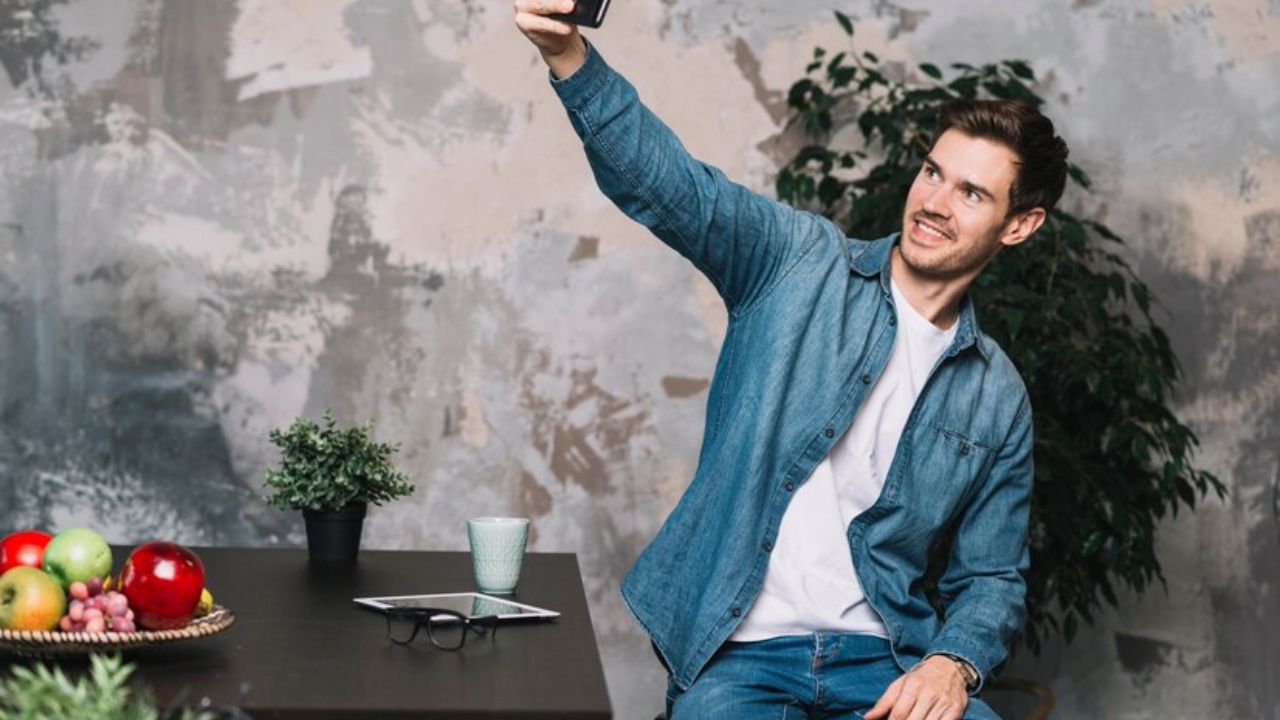
In a world driven by social media, influencers play a pivotal role in shaping trends, opinions, and even lifestyles. But what happens when these social media stars push the boundaries too far? Enter the phenomenon of “Influencers Gone Wild.” This term captures the essence of influencers engaging in outrageous, sometimes reckless behavior to captivate their audience. But why is this happening, and what does it mean for the future of social media?
In this blog post, we will explore the reasons behind this trend, its impact on both influencers and their followers, and what it reveals about our current social media landscape. From the psychology of attention-seeking to the ethical considerations of influencer behavior, we’ll cover it all. Whether you’re an aspiring influencer, a marketer, or a concerned social media user, this guide aims to provide valuable insights into this fascinating yet controversial trend.
The Rise of Influencers
A New Breed of Celebrity
Influencers have emerged as the new celebrities of the digital age. Unlike traditional celebrities, influencers gain their fame primarily through social media platforms like Instagram, YouTube, and TikTok. Their rise has democratized fame, making it accessible to anyone with a smartphone and a unique perspective.
The Power of Influence
What sets influencers apart is their ability to connect with their audience on a personal level. They build trust and authenticity, which traditional celebrities often lack. This connection translates into significant influence over their followers’ purchasing decisions, lifestyle choices, and even political views.
The Pressure to Stand Out
With millions of influencers vying for attention, the competition is fierce. The pressure to stand out is immense, leading some influencers to engage in extreme behaviors. From outrageous stunts to controversial statements, the goal is to capture attention at any cost.
The Psychology Behind Attention-Seeking Behavior
The Dopamine Effect
Social media platforms are designed to be addictive. Each like, comment, and share triggers a release of dopamine, the brain’s “feel-good” chemical. For influencers, this can create a cycle of seeking more extreme ways to elicit engagement from their audience.
The Fear of Irrelevance
In the fast-paced world of social media, today’s trending influencer can become tomorrow’s forgotten name. The fear of becoming irrelevant drives some influencers to continually escalate their behavior, often crossing ethical boundaries.
Validation and Self-Worth
For many influencers, their self-worth is deeply tied to their social media presence. The need for validation from followers can lead to risky behaviors as a way to maintain or boost their social status.
Examples of Influencers Gone Wild
The Logan Paul Scandal
One of the most infamous cases is Logan Paul, who faced massive backlash for filming a video in Japan’s “Suicide Forest.” The video, which showed a dead body, was widely condemned and led to severe consequences for Paul’s career.
The Rise of Dangerous Challenges
From the “Tide Pod Challenge” to the “Cinnamon Challenge,” influencers have popularized dangerous stunts that put their safety and the safety of their followers at risk. These challenges often go viral, further incentivizing risky behavior.
Fake Pranks and Social Experiments
Some influencers stage elaborate pranks or social experiments to gain views. While these videos can be entertaining, they often blur the lines between reality and fiction, creating ethical dilemmas.
The Impact on Followers
Normalizing Risky Behavior
When influencers engage in risky or unethical behavior, it can normalize these actions for their followers. Young and impressionable audiences may mimic these behaviors, believing them to be acceptable or even desirable.
Mental Health Implications
The constant exposure to extreme content can take a toll on viewers’ mental health. It can create unrealistic expectations and contribute to feelings of inadequacy and anxiety.
The Role of Parental Guidance
For younger audiences, parental guidance is crucial in navigating the complex world of social media. Educating children about the potential risks and encouraging critical thinking can mitigate some of the negative impacts.
Ethical Considerations
The Responsibility of Influence
With great power comes great responsibility. Influencers must recognize the impact of their actions on their audience and society at large. Ethical considerations should guide their content creation, balancing entertainment with social responsibility.
Platform Accountability
Social media platforms also play a role in curbing extreme behavior. Implementing stricter guidelines and monitoring content can help reduce the spread of harmful or dangerous trends.
The Consequences of Irresponsibility
Influencers who cross ethical boundaries face potential repercussions, including loss of sponsorships, audience trust, and even legal actions. Understanding these consequences can deter reckless behavior.
Navigating the Fine Line
Balancing Engagement and Responsibility
Striking a balance between capturing attention and maintaining ethical standards is challenging but essential. Influencers can still create engaging content without compromising their integrity or the well-being of their audience.
Authenticity Over Shock Value
Authenticity remains one of the most valuable assets for influencers. Building a loyal following based on genuine connections is more sustainable than relying on shock value for short-term gains.
The Role of Transparency
Being transparent with followers about the risks and realities of certain behaviors can foster a more responsible online environment. Influencers should openly discuss the potential consequences of their actions and encourage positive behavior.
The Future of Influencer Culture
The Shift Toward Meaningful Content
There is a growing trend toward meaningful and impactful content. Influencers gone wildwho focus on social issues, personal growth, and positive change are gaining traction, signaling a shift in audience preferences.
The Rise of Micro-Influencers
Micro-influencers gone wild, with smaller but highly engaged followings, are becoming more influential. Their authenticity and relatability resonate with audiences, offering an alternative to the sensationalism of mega-influencers.
The Importance of Community
Building a sense of community among followers can create a more supportive and positive online environment. Influencers who prioritize community engagement over individual fame are likely to thrive in the evolving social media landscape.
How to Be a Responsible Influencers Gone Wild
Educate Yourself and Your Audience
Staying informed about the ethical implications of your actions is crucial. Share this knowledge with your audience to promote responsible behavior and critical thinking.
Collaborate with Like-Minded Creators
Partnering with other influencers who share your values can amplify your message and create a positive impact. Collaboration fosters a sense of community and shared responsibility.
Lead by Example
Your actions set the tone for your audience. Demonstrating responsible and ethical behavior can inspire your followers to do the same, creating a ripple effect of positive change.
Conclusion
The phenomenon of Influencers Gone Wild reflects the complexities and challenges of the social media landscape. While the pursuit of attention can lead to extreme behaviors, it’s essential to recognize the broader impact on followers and society.
By understanding the psychology behind attention-seeking, acknowledging the ethical considerations, and promoting responsible behavior, influencers can harness their power for good. The future of influencer culture lies in authenticity, community, and meaningful engagement.
DIGITAL MARKETING
ImgSed: The Ultimate Guide to Downloading Instagram Stories, Posts, and Captions
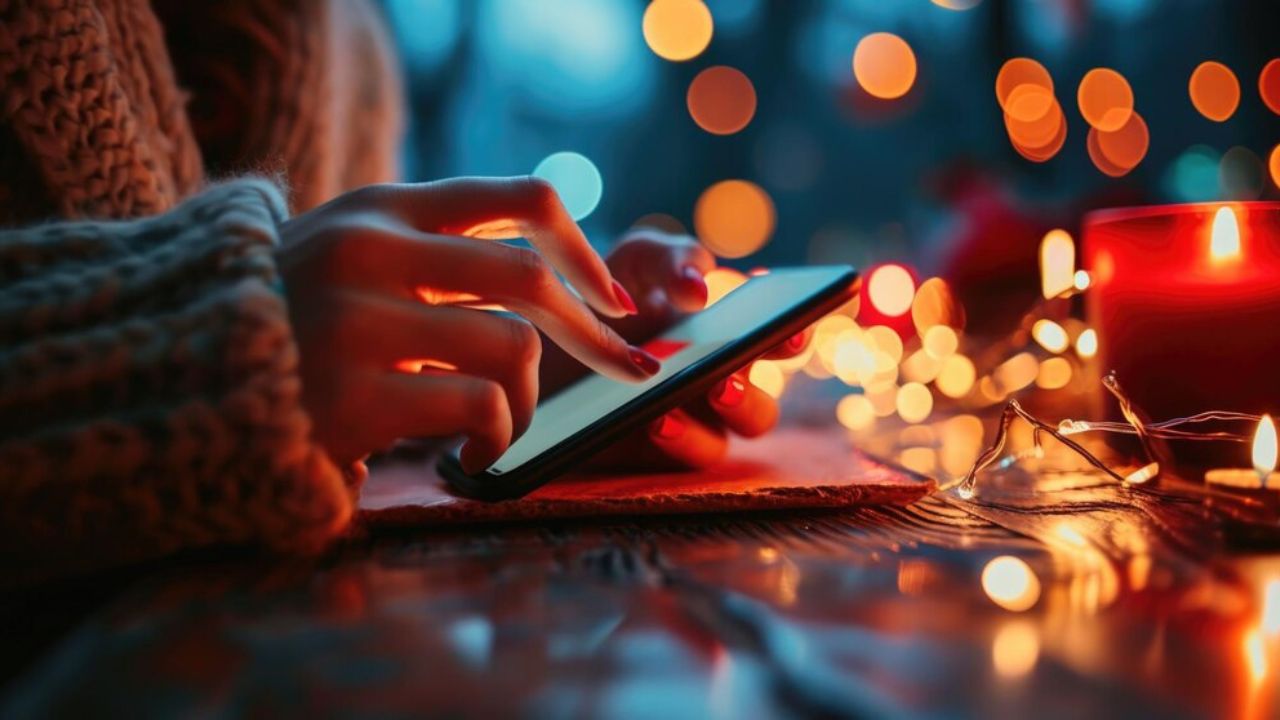
Are you tired of not being able to save your favorite Instagram stories, posts, and captions? Say hello to ImgSed – the ultimate solution to all your downloading needs on Instagram! With ImgSed, you can now effortlessly download and keep all the content that inspires you. Let’s dive into how ImgSed works and explore its numerous benefits together!
What is ImgSed?
ImgSed is a cutting-edge tool designed to help users easily download Instagram stories, posts, and captions. It simplifies the process of saving content from Instagram onto your device for future viewing or sharing.
Unlike other methods that may be complicated or unreliable, ImgSed offers a user-friendly interface that makes downloading content a breeze. Whether you want to keep memorable stories from friends or save stunning posts for inspiration, ImgSed has got you covered.
This innovative tool caters to users who value convenience and efficiency when it comes to managing their favorite Instagram content. With ImgSed, you can take control of what you save from the platform without any hassle.
By combining functionality with simplicity, ImgSed sets itself apart as a go-to solution for anyone looking to download and store Instagram stories, posts, and captions effortlessly.
How Does ImgSed Work?
Have you ever wondered how ImgSed can effortlessly download Instagram stories, posts, and captions? Well, let’s dive into how this powerful tool works its magic.
ImgSed operates by utilizing a sophisticated algorithm that interacts with Instagram’s API to extract the media content you desire. When you input the URL of the Instagram post or story, ImgSed navigates through Instagram’s backend to retrieve the data securely.
Once ImgSed has accessed the requested content, it swiftly processes and organizes it for your convenience. Whether it’s a captivating story from your favorite influencer or an inspiring post from a friend, ImgSed ensures you can save it hassle-free.
The seamless process of ImgSed eliminates any complexities typically associated with downloading media from Instagram. With just a few clicks, you can have your desired stories, posts, and captions saved on your device for future enjoyment.
The Benefits of Using ImgSed
Are you tired of not being able to save your favorite Instagram stories, posts, and captions? ImgSed is here to make your life easier. One of the main benefits of using ImgSed is its user-friendly interface. With just a few clicks, you can download any content from Instagram without hassle.
Another advantage of ImgSed is its versatility. Whether you want to save a stunning post or an inspiring story, this tool has got you covered. No more worrying about losing access to content that resonates with you.
ImgSed also ensures privacy and security. You can download Instagram content without having to provide any personal information or login credentials. This means peace of mind knowing that your data remains safe while enjoying the convenience of saving Instagram media effortlessly.
Say goodbye to taking screenshots or struggling with unreliable third-party apps – ImgSed’s simplifies the process of downloading Instagram stories, posts, and captions for your enjoyment anytime, anywhere.
Step-by-Step Guide to Downloading Instagram Stories, Posts, and Captions
To start using ImgSed’s to download Instagram stories, posts, and captions, visit the official website at imgsed.com. Once on the homepage, you will find a user-friendly interface that guides you through the process effortlessly.
Next, choose whether you want to download an Instagram story, post, or caption by clicking on the respective option. This will prompt you to enter the username of the account from which you wish to save content.
After entering the username correctly, select the specific story, post, or caption you want to download. ImgSed will then generate a link for you to click and save your desired content directly onto your device.
Enjoy easy access to all your favorite Instagram media without any hassle. With ImgSed’s simple step-by-step guide and efficient service, downloading Instagram stories has never been easier!
The Future of ImgSed and Potential Updates
As ImgSed’s continues to evolve, the future looks promising with exciting potential updates on the horizon. The development team is constantly working on enhancing user experience and adding new features to make downloading Instagram content even easier and more efficient.
One of the anticipated updates includes improving compatibility with different devices and operating systems, ensuring that users can access ImgSed seamlessly regardless of their preferred platform. Additionally, there are plans to introduce a batch download feature for those looking to save multiple stories or posts at once.
Furthermore, enhancements in caption retrieval technology may be in store, allowing users to effortlessly download captions along with images and videos. This would streamline the process for content creators who rely on accurate captioning for their work.
The future of ImgSed’s looks bright as it aims to stay ahead of the curve in providing top-notch services for downloading Instagram stories, posts, and captions. Stay tuned for upcoming updates that will further elevate your experience with this versatile tool!
Conclusion
ImgSed is the ultimate tool for downloading Instagram stories, posts, and captions effortlessly. With its user-friendly interface and efficient features, ImgSed’s simplifies the process of saving content from Instagram for future reference or sharing. Whether you are a casual user looking to save memorable moments or a business owner archiving important posts, ImgSed’s caters to all your downloading needs on Instagram. Stay tuned for potential updates and enhancements that will further enhance your experience with ImgSed’s . Start using ImgSed’s today and unlock a whole new level of convenience when it comes to downloading Instagram content!
DIGITAL MARKETING
OntPressCom Fresh Updates: Stay Informed and Ahead of the Curve
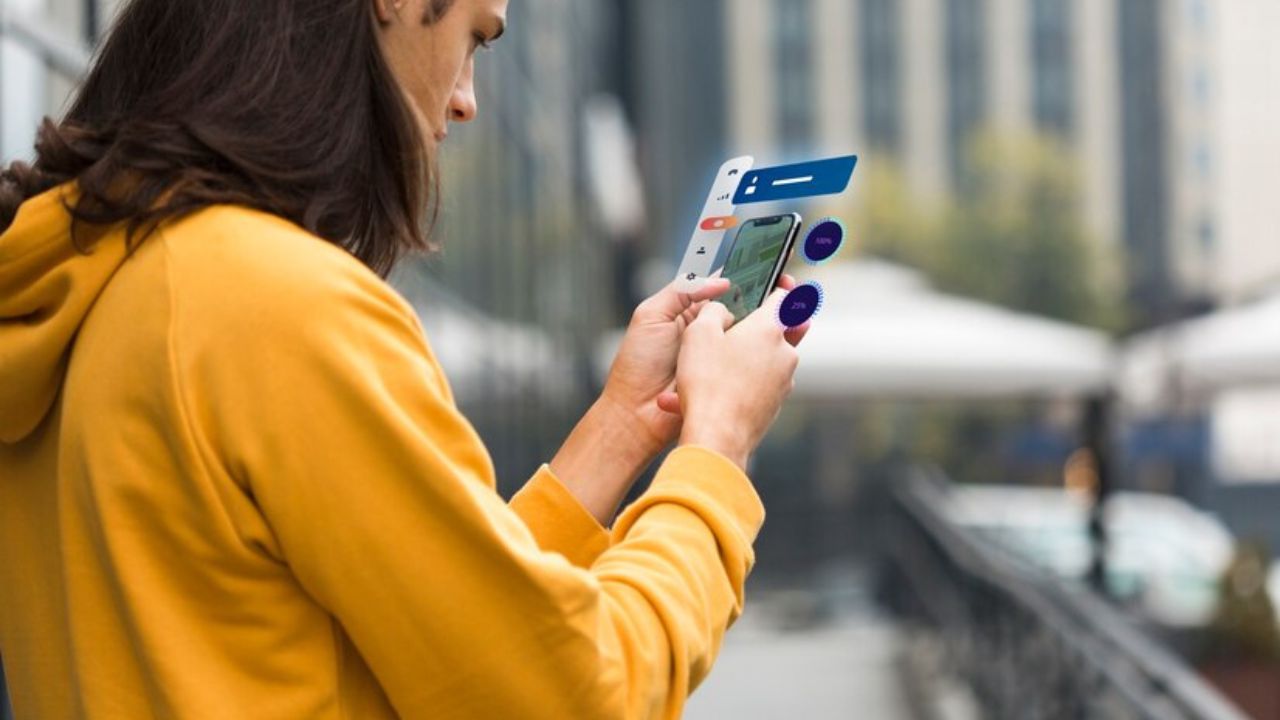
Welcome to the world of OntPressCom Fresh Updates, where staying informed means staying ahead. In today’s fast-paced digital landscape, knowledge is power, and being in the loop can make all the difference. Get ready to dive into the latest features and updates that will elevate your experience with OntPressCom. Let’s explore how this platform can help you not just keep up but thrive in an ever-evolving online environment.
The Importance of Staying Informed in Today’s Fast-Paced World
In today’s fast-paced world, staying informed is more crucial than ever. With information constantly evolving and trends changing rapidly, being up-to-date can give you a competitive edge. Whether in business, technology, or personal development, knowledge is power.
By staying informed, you are better equipped to make timely decisions and adapt to new situations. It allows you to anticipate changes and pivot when needed. In a world where things move at lightning speed, being ahead of the curve can mean the difference between success and falling behind.
Moreover, staying informed helps broaden your perspective and understanding of the world around you. It opens doors to new opportunities and fosters continuous learning. Embracing a mindset of curiosity and seeking out fresh updates keeps your mind sharp and engaged with what’s happening globally.
In essence, staying informed isn’t just about keeping up; it’s about thriving in an ever-changing landscape where knowledge reigns supreme.
Latest Features and Updates on OntPressCom Fresh Updates
Exciting news for all OntPressCom users! The latest features and updates have just been rolled out, and they are game-changers. One of the standout additions is the new customizable dashboard, allowing you to tailor your workspace to suit your preferences. Say goodbye to cluttered screens and hello to a personalized user experience.
But that’s not all – the improved analytics tools provide in-depth insights into your content performance, empowering you to make data-driven decisions. Additionally, the enhanced collaboration features streamline teamwork, making project management a breeze. With real-time editing and commenting capabilities, working together has never been more efficient.
Stay ahead of the curve with OntPressCom’s cutting-edge technology at your fingertips. Keep an eye out for upcoming developments as we continue to innovate and support our users’ success stories. Join us on this exciting journey towards digital excellence!
How OntPressCom Can Help You Stay Ahead of the Curve
Are you tired of feeling overwhelmed by the constant changes in the digital world? With OntPressCom, you can stay ahead of the curve effortlessly. Our platform is designed to provide you with the latest updates and features to keep your website or blog current and competitive.
By utilizing OntPressCom, you gain access to cutting-edge tools that streamline your content creation process. From SEO optimization to user-friendly interfaces, we have everything you need to stay relevant in today’s fast-paced environment.
Don’t let outdated information hold you back from reaching your full potential online. Join our community and experience firsthand how OntPressCom can revolutionize your digital presence. Stay informed, stay innovative, and most importantly, stay ahead of the curve with OntPressCom at your side.
Real-Life Success Stories of OntPressCom Users
Imagine Sarah, a small business owner who struggled to reach her target audience. After joining OntPressCom, she utilized the platform’s advanced analytics to understand her readers better and tailor her content accordingly. As a result, Sarah saw a significant increase in website traffic and engagement.
Then there’s Mark, an aspiring blogger looking to monetize his passion for writing. With the help of OntPressCom’s SEO tools and keyword suggestions, he optimized his blog posts for search engines, leading to higher visibility and ad revenue.
We have Emily, a freelance writer seeking new clients. By showcasing her portfolio on OntPressCom’s sleek interface and utilizing its networking features, she attracted high-profile companies that boosted her career.
These success stories highlight how OntPressCom empowers individuals from diverse backgrounds to achieve their goals online through strategic tools and unparalleled support.
Upcoming Developments and Plans for OntPressCom
Exciting times lie ahead for OntPressCom as the team is gearing up to roll out a series of innovative developments and plans. The tech wizards behind the platform have been hard at work brainstorming new features that will take user experience to the next level. From sleek interface enhancements to cutting-edge functionality upgrades, there’s a lot in store for OntPressCom users.
One of the key focuses of the upcoming developments is on personalization – tailoring the platform to suit individual user needs and preferences more effectively. This means smoother navigation, better organization of content, and an overall more intuitive browsing experience. Additionally, performance optimizations are on the horizon to ensure seamless speed and responsiveness across all devices.
Stay tuned for announcements regarding enhanced collaboration tools, advanced analytics capabilities, and integration with popular third-party services. These new additions promise to revolutionize how OntPressCom users create, manage, and share their content online. Keep your eyes peeled for updates as we unveil these exciting changes in the near future!
Conclusion: Why You Should Join the OntPressCom Community
Joining the OntPressCom Fresh Updates community is not just about staying informed; it’s about being a part of a dynamic platform that empowers you to stay ahead of the curve in today’s fast-paced world. With the latest features and updates on OntPressCom Fresh Updates, you can streamline your workflow, enhance your productivity, and connect with like-minded individuals who are also striving for success.
Real-life success stories from OntPressCom Fresh Updates users showcase how this platform has transformed their businesses and personal projects, making them more efficient and effective in achieving their goals. By joining OntPressCom Fresh Updates, you can tap into this network of inspiration and innovation to propel your own endeavors forward.
As we look towards the future, OntPressCom is committed to continuous improvement and development to meet the evolving needs of our users. Stay tuned for upcoming developments and plans that will further enhance your experience on our platform.
Don’t miss out on the opportunity to be part of something great. Join the OntPressCom community today and unlock endless possibilities for growth, collaboration, and success.
DIGITAL MARKETING
Picuki: The Ultimate Tool for Instagram Viewing and Downloading
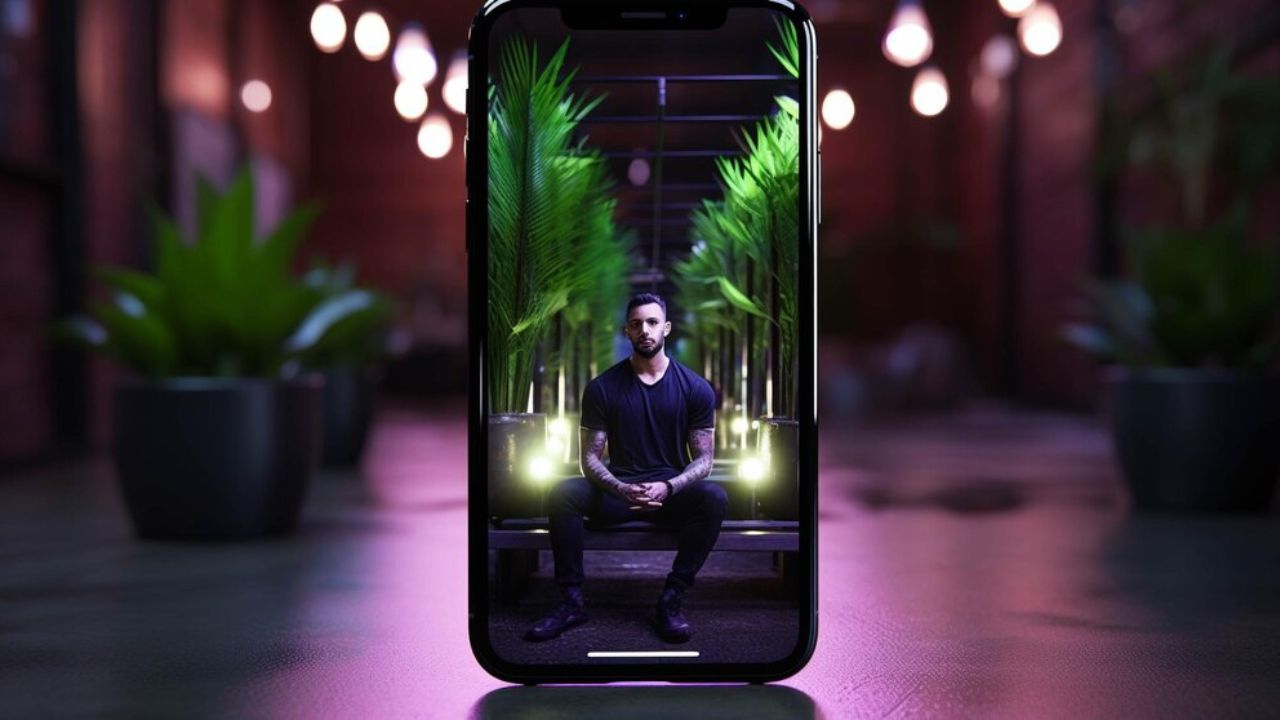
Are you an Instagram enthusiast looking for a game-changer in how you view and download content? Look no further than Picuki! This versatile tool is about to revolutionize your Instagram experience, offering features that will take your social media game to the next level. Let’s dive into the world of Picuki and discover how it can enhance your browsing and downloading capabilities effortlessly.
Introducing Picuki: Features and Benefits
Picuki is a powerful online tool designed to enhance your Instagram experience. With Picuki, you can view and download Instagram content with ease, making it a must-have for social media enthusiasts. One of the key features of Picuki is its user-friendly interface, allowing you to navigate effortlessly through the platform. Additionally, Picuki offers a range of customization options to tailor your browsing experience to suit your preferences.
Furthermore, Picuki provides quick access to Instagram profiles and posts without the need for an account login, saving you time and hassle. Whether you’re looking to explore new accounts or save captivating photos and videos, Picuki has got you covered. Stay tuned as we delve deeper into how this innovative tool can elevate your Instagram game!
How to Use Picuki for Viewing Instagram Posts
Looking to effortlessly view Instagram posts without the limitations of the app itself? Picuki is here to make your browsing experience a breeze. Using Picuki is simple and user-friendly. Just head over to the website, enter the username of the account you want to explore, and voila! You’ll have access to their entire profile with ease.
Picuki allows you to browse through posts in full size, making it ideal for admiring high-resolution images or intricate details that may get lost on mobile screens. With just a few clicks, you can scroll through all the content shared by your favorite accounts without any distractions or restrictions.
Whether you’re using Picuki for personal inspiration or professional research, its intuitive interface ensures smooth navigation and seamless viewing. Say goodbye to limited views and hello to a whole new perspective on Instagram content with Picuki at your fingertips.
Downloading Photos and Videos with Picuki
Downloading photos and videos with Picuki is a breeze. Once you’ve found the content you want to save, simply click on the download icon located below the image or video. Select your preferred quality option, and within seconds, the media file will be saved to your device.
Whether it’s a stunning landscape photo or a cute pet video, Picuki allows you to keep these memorable moments at your fingertips for later viewing. With just a few clicks, you can build your personal collection of favorite Instagram content without hassle.
No need to worry about losing access to that perfect picture or hilarious clip; Picuki’s makes it easy to download and store them for future enjoyment. Plus, being able to view these images and videos offline adds an extra level of convenience when internet connection is limited.
Don’t miss out on saving those special Instagram posts – use Picuki’s for effortless downloading anytime!
Additional Features and Tips for Using Picuki
When it comes to using Picuki’s for enhancing your Instagram experience, there are a few additional features and tips worth exploring. One notable feature is the ability to search for specific hashtags or users easily within the platform. This can help you discover new content and connect with like-minded individuals in your niche.
Another handy tip is utilizing Picuki’s analytics tool to track engagement metrics on your posts. Understanding which content performs best can guide your future posting strategy and help you grow your Instagram presence effectively.
Furthermore, Picuki’s also offers a convenient way to bookmark favorite posts for later viewing. This feature can be especially useful for saving inspiration or reference material from other accounts.
Don’t forget about Picuki’s user-friendly interface that makes navigating the platform a breeze. With its intuitive design, you can smoothly browse through Instagram content and manage downloads without any hassle.
Potential Concerns or Limitations
While Picuki offers a convenient way to view and download Instagram content, there are some potential concerns and limitations users should be aware of.
One issue to consider is the legality of downloading someone else’s content without permission. It’s important to respect copyright laws and usage rights when using Picuki’s or any similar tool.
Additionally, some users may have privacy concerns about using third-party apps to access their Instagram accounts. Sharing login credentials with external services can pose security risks and compromise personal information.
Furthermore, the reliability of third-party tools like Picuki may vary, leading to occasional glitches or downtimes that can disrupt the user experience.
As with any online service, there is always a possibility of changes in Instagram’s algorithms or policies that could impact the functionality of tools like Picuki. Stay informed and use such tools responsibly.
Conclusion: Is Picuki Worth It?
Picuki emerges as a versatile and user-friendly tool for enhancing your Instagram experience. With its array of features including viewing profiles anonymously, downloading photos and videos effortlessly, and exploring trending hashtags, Picuki offers a comprehensive solution for maximizing your engagement on the platform.
By simplifying the process of accessing and saving content from Instagram, Picuki proves to be a valuable asset for both casual users and social media enthusiasts. While it is essential to use such tools responsibly and respect others’ privacy rights, Picuki’s can undoubtedly enhance your Instagram browsing experience.
So next time you’re looking to view or download Instagram posts seamlessly, consider giving Picuki a try – it might just become your go-to companion for all things Instagram!
-

 GAME6 months ago
GAME6 months agoMastering the Fire Kirin Login Experience
-

 BLOG8 months ago
BLOG8 months agoPepper0 Mother and Son
-

 BUSINESS8 months ago
BUSINESS8 months agoWhy Your Business Needs an Elite Eagle Product Partner for Growth
-

 FASHION10 months ago
FASHION10 months agoold fashioned news source nyt crossword
-
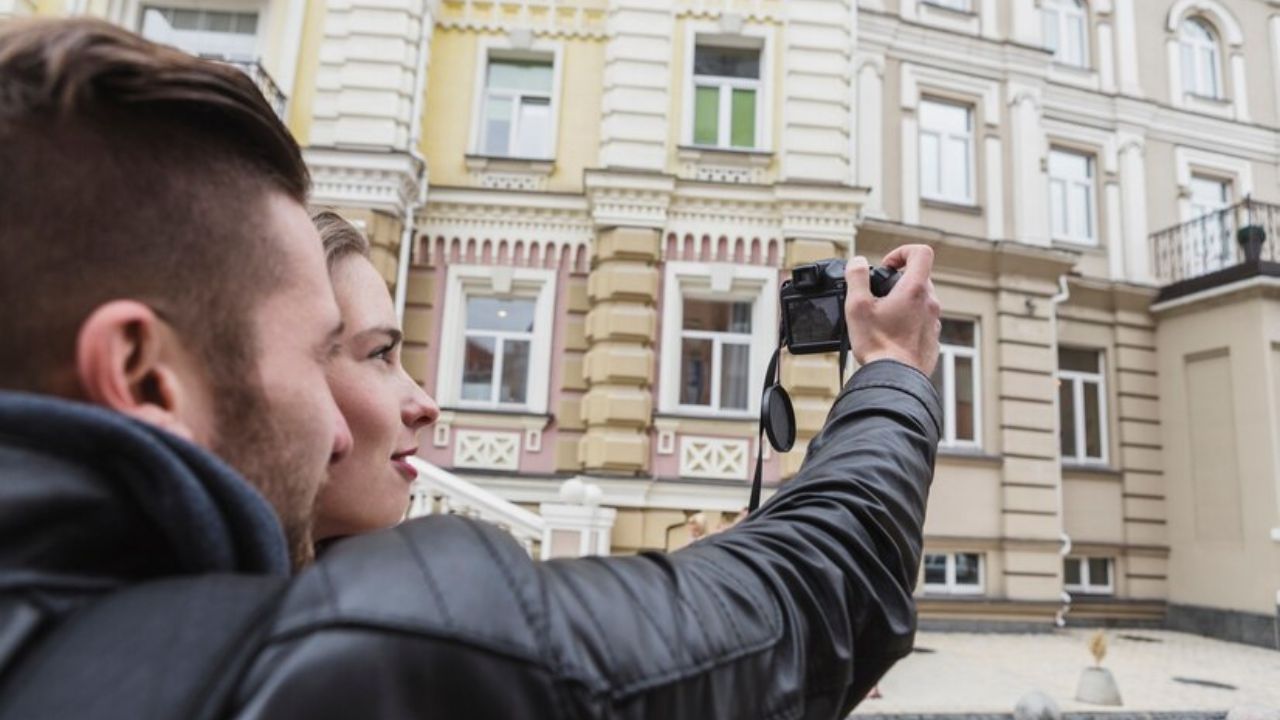
 BLOG10 months ago
BLOG10 months agoCzech Harem: Understanding the Controversial Phenomenon
-

 BLOG10 months ago
BLOG10 months agoBunkr Albums: A Comprehensive Guide
-
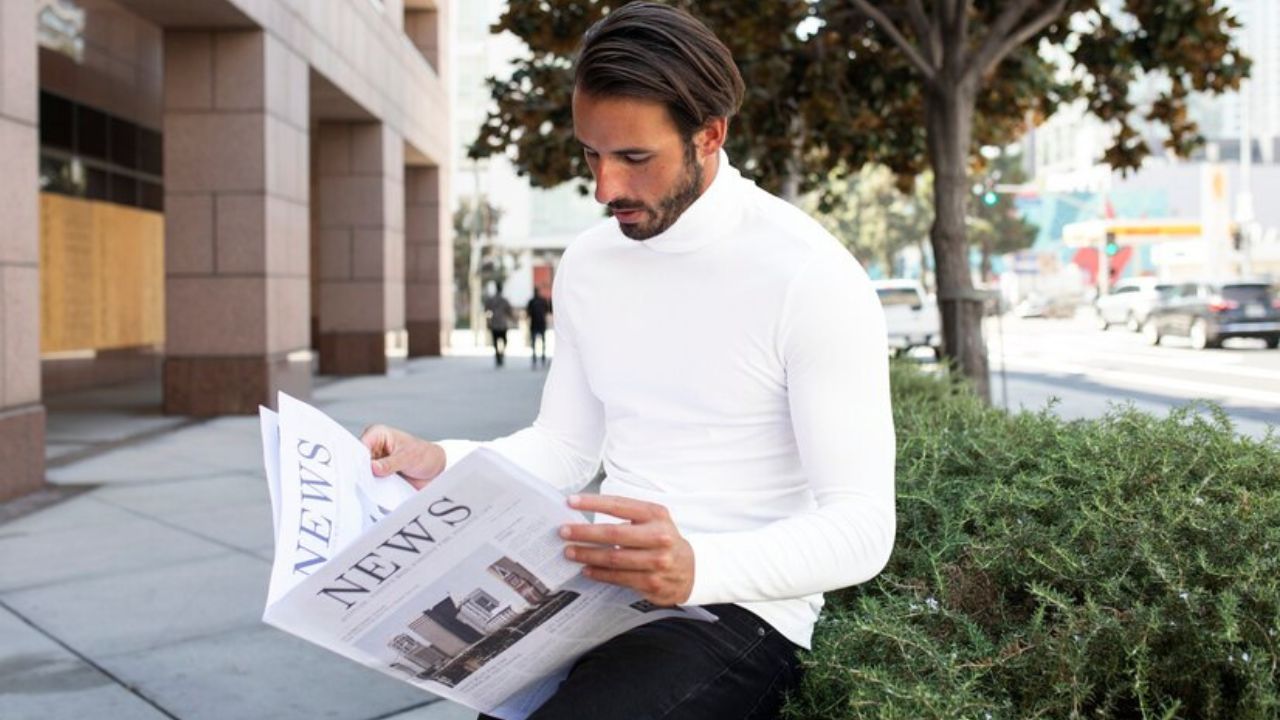
 NEWS10 months ago
NEWS10 months agospencer new york news: A Comprehensive Guide
-
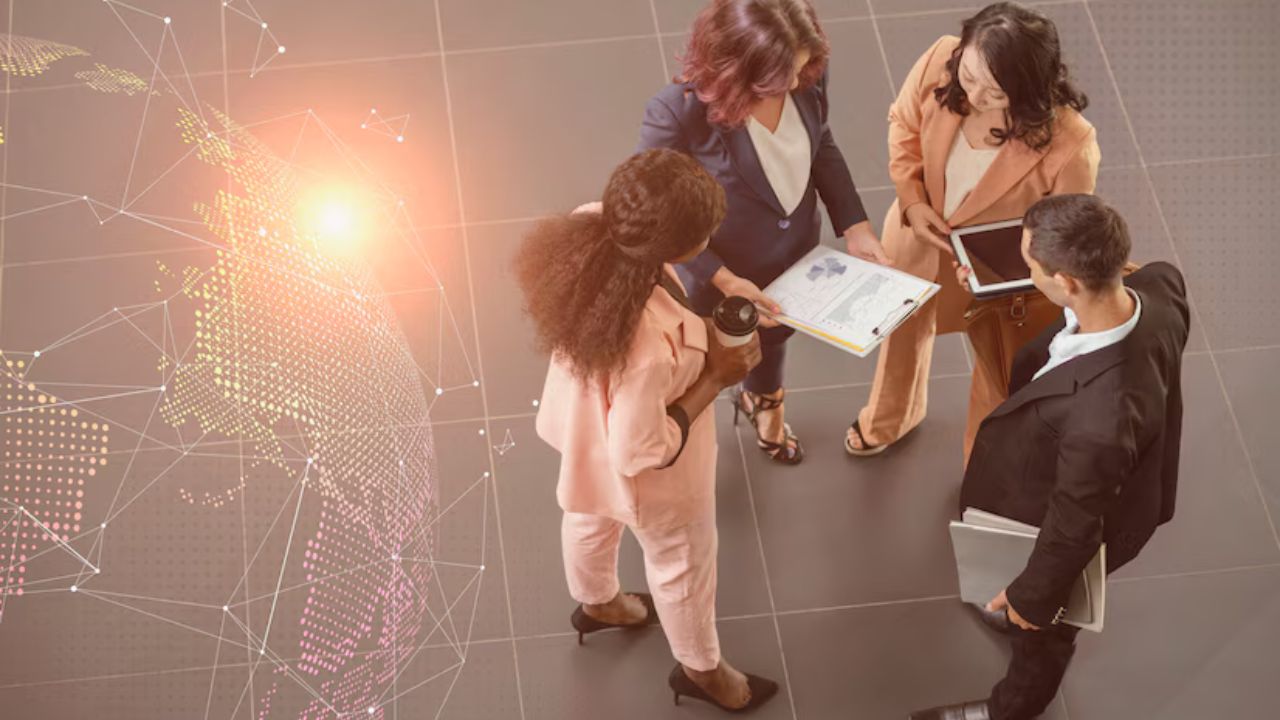
 BLOG7 months ago
BLOG7 months agoEntreTech.org: Empowering Entrepreneurs Through Technology
